|
While on a trek through Mount Olivet a few weeks ago, my eye was caught by an interesting surname that I hadn’t seen before—Marble. Upon closer inspection, I noted that this was the grave marker of one Jesse H. Marble. I experienced a bit of difficulty attempting to read the vital information and other quotes found on the face of the “Marble” monument, and yes, I meant that to have a double meaning. Those who are regular readers of my articles know that I am all about connections: family connections, connections to events in history, and oddball/pop culture connections as well. I also love to have fun with puns, as well as idioms, sarcasm and satire. So, I have been searching the internet in an effort of finding marble/cemetery outside of the most common one referring to the frequently used tombstone material —metamorphic rock formed when limestone is exposed to high temperatures and pressures. For the most part, cemeteries all over can be described as “seas of marble and granite.” While I’m on the subject, I should share some of the differences between marble and granite. The following description comes from the website of one of our gravestone vendors: "Marble is made from limestone, which is a type of sediment rock and contains calcium carbonate which reacts to acids. Marble is soft enough to be scratched with a knife blade. In fact, a scratch test with a knife can determine marble from granite. If the stone can easily be scratched, then it is marble. Marble can also be detected by its various colorful swirls or veins in the pattern of the stone. Granite is an igneous rock, meaning that it is formed through the cooling and solidification of magma or lava. This creates a tough and durable rock, able to withstand climate changes, rain, sleet, snow, and salt. Granite will be difficult to scratch using a knife blade. This makes granite an excellent choice for headstones and monuments since it is heat and water resistant. Color variations usually appear as colorful flecks throughout the stone.” In addition to this impromptu Geology 101 lesson, I can give you a Geography 101 lesson as well as I found two interestingly named cemeteries in New York City: the New York Marble Cemetery and New York City Marble Cemetery. The New York Marble Cemetery holds the distinction of being New York City's first non-sectarian burial place, established in 1830 in what is now known as the “East Village” neighborhood of Manhattan, on the block bound by 2nd Street, 2nd Avenue, 3rd Street, and the famed Bowery. I learned that It can be entered through an alleyway with an iron gate at each end, located between 41 and 43 Second Avenue. About 2,100 burials are recorded in the cemetery's written registers, most from prominent professional and merchant families in New York City. To confuse matters, one can find the nearby New York City Marble Cemetery one block east, which is entirely separate, and was established one year later in 1831. Both cemeteries were designated New York City landmarks in 1969, and in 1980 both were added to the National Register of Historic Places. The former cemetery was fascinating to learn about from information found online. It also answered the question of why the word marble can be found within this burying ground’s unique name. “The cemetery was founded as a commercial undertaking of Perkins Nichols, who hired two lawyers, Anthony Dey and George W. Strong, to serve as organizing trustees. Recent outbreaks of yellow fever led city residents to fear burying their dead in coffins just a few feet below ground, and public health legislation had outlawed earthen burials. Nichols intended to appeal to this market by providing underground vaults for burial. Dey and Strong purchased the property on Nichols' behalf, on what was then the northern edge of residential development, on July 13, 1830, and Nichols had the 156 underground family vaults, each the size of a small room, constructed from Tuckahoe marble and laid out in a grid of six columns by 26 rows. He was then reimbursed from the sale of the vaults. Access to each pair of barrel vaults is by the removal of a stone slab set well below the grade of the lawn, which has no monuments or markers. Marble tablets mounted in the long north and south walls give the names of the original vault owners - though not the names of burials - and indicate the precise location of each corresponding underground vault. Nichols, Dey & Strong, and the subscribers applied to the New York State Legislature for a special act of incorporation, and this was granted on February 4, 1831. According to a historical plaque on the cemetery's entrance gate "Descendants of the 19th century owners may still be buried here." Located at 52-74 East 2nd Street (between First and Second avenues) in the East Village, the New York City Marble Cemetery is the city’s second non-sectarian burial ground on record, and has 258 underground burial vaults constructed of Tuckahoe marble. In addition, this cemetery has monuments and markers above ground, many made of, you guessed it, marble. 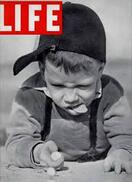 Outside of this thanatological find, I will guide you through a Cultural Studies or Sociology 101 breadth requirement, in trying to seek another parallel between marble and cemeteries. I fondly reflect upon the small, glass, spherical objects that I collected (and sometimes lost) in my youth. I know this is a true throwback, but I remember the many games that these colorful balls were used to play with my brothers and, more memorably, classmates at school. I distinctly remember days on the Yellow Springs Elementary School playground in which “marble matches” were held atop a circular pitch, and in my case we improvised with the tops of manhole covers boasting a labyrinth of perforated steel on each face. With that memory in mind, I have heard stories of further-back generations actually placing marbles on childrens’ gravesites as a gesture of letting a child’s spirit play with a popular toy from their youth. I’ve also seen evidence of this here in our cemetery on a few occasions. 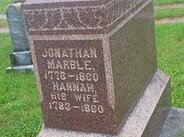 Well, now it’s time to get back to Genealogy 101, and my fore-mentioned story trigger for this week’s blog. Jesse Hannibal Marble was born September 11th, 1806 in Jefferson County, New York, located in the north-central part of the state bordering Lake Ontario. His parents were Jonathan Marble, Jr. (1776-1860), a native of Petersham, Worcester County, Massachusetts, and Hannah Marsh (1783-1860) of Elizabeth, NJ. Both parents died in Saint Lawrence County, New York and are buried in Spragueville Cemetery in Antwerp (NY). Our subject appears to have spent most of his youth and young adult life in St. Lawrence. He married Lancaster, Massachusetts native Dolly Ann Littaye (b. May 16th, 1804) in 1829 in Oneida County, New York. Their first child, Sarah Ann, was born May 16th, 1830 in the town of Utica. Two additional sons, James Warren and John, were born before the family moved to Clinton Township in Knox County, Ohio by the summer of 1834. Here, eight more Marbles would be born to Jesse and Dolly over the next 12 years. One of these, Caroline Elizabeth, born in April, 1834, would be the impetus for Mr. Marble one day coming to Frederick, and eventually being interred here in Mount Olivet. 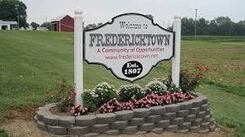 Jesse and his family lived about 40 miles northeast of Columbus, Ohio. Clinton is immediately west of Mount Vernon, Ohio. Located a few miles to the north, also within Knox County, Ohio, is the village of Fredericktown, Ohio. Located at the intersection of Ohio routes 13 and 95, Fredericktown was laid out by Marylander John Kerr around 1806. A year later, Kerr brought in his friend, William Yarnell Farquhar (1777-1854), to survey the village. This latter gentleman also built the first house here and is responsible for naming the place after his former hometown of Frederick, Maryland. If you are in the mood for another interesting pop culture aside, I learned that former actor Luke Perry (1966-2019), of Beverly Hills, 90210 television fame was raised here and attended Fredericktown High where one of his early acting roles was playing Freddie Bird, the school mascot. Back to Clinton, Ohio and nearby Mount Vernon, Jesse Marble and his large family operated a farm with all hands on deck. Meanwhile the area was fastly expanding, thanks in part to a growing Cooper Iron Foundry operation located here. I don’t know what exactly precipitated the move west by Jesse, but I did find a cousin, Jehiel Marble, would live with his family in Mount Vernon and was responsible for stone masonry for a great deal of the town’s buildings in the 1850s. It appears that Jesse and family led a relatively, quiet existence as farmers. Meanwhile, a collision course would soon occur between Frederick, Maryland and the Marbles, already well-traveled in life. Enter Captain Walter Saunders. Captain Walter Saunders Walter Saunders was born on May 18th, 1829 in Libertytown, Maryland. His parents are said to have immigrated from England, as Mr. Saunders, Sr. was a schoolteacher. Saunders spent most of his childhood in Woodsboro before coming to Frederick City. Walter apparently learned the trade of cigar-making in 1850 here locally in Frederick, but traveled west to further his career. After working at a few cigar factories in Ohio and Illinois, Saunders would wind up in Mount Vernon, Ohio in the year 1853, where he took charge as foreman of a cigar shop in town. One way or another, he met, and fell in love with, Jesse’s daughter, the fore-mentioned Caroline Marble. The couple were married on May 31st, 1855 and would return to Saunders’ native home the following year to raise a family of their own. Dolly Marble would die in 1856 and was buried in Mount Vernon’s Mound Cemetery. She was only 48. Her widower husband, now blind, eventually moved to Galesburg in Knox County, Illinois to live with his oldest daughter Sarah (Marble) Beeny and family. Jesse can be found in the 1860 census here, and had brought his younger children with him. 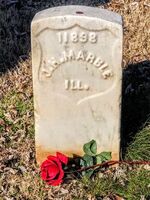 Grave of Jesse H. Marble, Jr in Nashville National Cemetery (Madison, TN) Grave of Jesse H. Marble, Jr in Nashville National Cemetery (Madison, TN) The American Civil War took hold of the country over the next half decade. Back in Jesse’s former home of Mount Vernon, a massive Unionist meeting was held in May, 1861 with Gen. Columbus Delano presiding over an afternoon crowd of 20,000 who heard from Gov. David Tod and other leaders making the case that Ohio stay loyal to the Union. Three of Jesse’s sons would enlist in the Union Army, however the war would claim his namesake son, Jesse, Jr. (b. 1844) who fought with Company D of the 102nd Illinois Infantry. (He died at Gallatin, Tennessee in January, 1863.) Meanwhile, back in Frederick, Maryland, Jesse’s son-in-law, Walter Saunders, had been a leading member of one of our three militia groups that also composed our local fire companies. He was a lieutenant /member of the Independent Rifles, and led men to Harpers Ferry in October 1859 to help quell John Brown’s legendary insurrection. At the beginning of the war, he became a Captain of the First Potomac Home Brigade’s Company I. Saunders saw heavy action throughout the war and took part in many key engagements. He was captured at the Battle of Harpers Ferry (September 12-15th, 1862, just days before the Battle of Antietam). He would be paroled and eventually returned to military duty, actually fighting at the Battle of Gettysburg in July, 1863. He would be transferred into Maryland’s 13th Infantry Regiment, Company I, and was honorably discharged in December, 1864. After the war, Captain Saunders returned to the business of cigars, and also began an auction firm that he would continue to oversee until his final years. For one reason or another, Jesse would move to Frederick to live with Caroline and his grandchildren during the war, likely 1863. Since Walter was off at war, perhaps that fact precipitated the move? Whatever the case, Jesse can be found in the 1870 census living on North Market Street. My research assistant Marilyn Veek found that the property where the Saunders family lived was located at 411 North Market Street, now a vacant lot. Capt. Saunders' mother Elizabeth Kiefer Saunders, had bought the property in 1850 that included both 409 and 411 North Market. I kind of see the life of Jesse Marble like the personification of a marble within a game of “old-fashioned marbles.” The goal of each shot is to hit one of the marbles in the center and knock it out of the playing circle. If the player knocks a marble out, then they get to keep the marble for the rest of the game, they also get to take another turn. If no marble is knocked out of the circle, the other player then gets a turn. It seems like poor Jesse just continually got “knocked” from place to place throughout his lifetime: Massachusetts to New York, New York to Ohio, Ohio to Illinois, and finally, Illinois to Frederick, Maryland. His final roll, so to speak, was to his eternal home in Mount Olivet’s Area P/Lot 86, where we got to keep him. Captain Saunders bought this lot upon Jesse’s death on April 19th, 1879 at the age of 72. Saunders was quite a mover and shaker in Frederick as he grew his reputation as one of the top auctioneers in the region, plus dabbled in the political realm as well. He was highly active in local civic and fraternal organizations and remained a guiding force within the Independent Fire Company. Captain Saunders would die on April 17th, 1912 and his lengthy obituary was a prime source of information for me to piece together how Jesse H. Marble came to be a Fredericktonian, at least one of the Maryland variety. I guess you could credit Walter as a “marble shooter” of sorts, and I was equally glad to learn his unique story as well. As for Caroline E. (Marble) Saunders, she would pass on April 18th, 1917, one day after the fifth anniversary of her husband’s death. In 1908, Capt. Saunders had sold his house to his children Laura Saunders Sponseller (1856-1932), Sophie Elizabeth Saunders (1861-1930) and Walter Warren Saunders (1875-1957). Walter, a physician and one of the early directors of the Frederick YMCA, sold it out of the family in 1935. All of these individuals can be found in the Saunders family plot in Mount Olivet. 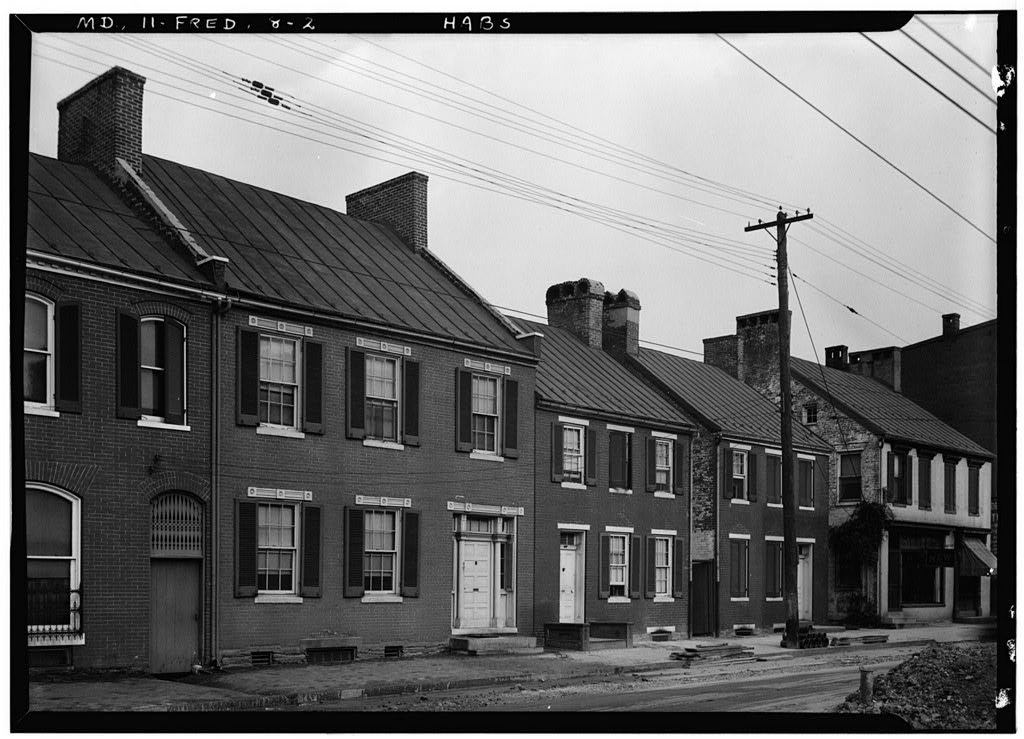 Jesse Marble, Capt. Saunders and family lived at 411 N. Market St. (2nd house from right in above photograph found in the Library of Congress' Historic America Building (HABS) Survey conducted in 1933). A vacant lot marks the spot of the home today in the photo below taken of the same block. The family also once-owned the bookend house at 409 (3rd from left)
1 Comment
Lynnea Dickinson
4/8/2022 05:16:50 pm
I am currently researching the family of Jesse Hannibal Marble. In 1860, Jesse was residing within the household of his daughter, Sarah, and her husband, Robert H. Been[e]y. Jesse was noted as blind at this time. His wife, Dolly Ann (Littaye), had died in 1856 & is buried in Knox Co., Ohio.
Reply
Leave a Reply. |
STORIES
|
Archives
July 2024
June 2024
May 2024
April 2024
March 2024
February 2024
January 2024
December 2023
November 2023
September 2023
August 2023
July 2023
June 2023
May 2023
April 2023
March 2023
February 2023
January 2023
December 2022
November 2022
October 2022
September 2022
August 2022
July 2022
June 2022
May 2022
April 2022
March 2022
February 2022
January 2022
December 2021
November 2021
October 2021
September 2021
August 2021
July 2021
June 2021
May 2021
April 2021
March 2021
February 2021
January 2021
December 2020
November 2020
October 2020
September 2020
August 2020
July 2020
June 2020
May 2020
April 2020
March 2020
February 2020
January 2020
December 2019
November 2019
October 2019
September 2019
August 2019
July 2019
June 2019
May 2019
April 2019
March 2019
February 2019
January 2019
December 2018
November 2018
October 2018
September 2018
August 2018
July 2018
June 2018
May 2018
April 2018
March 2018
February 2018
January 2018
December 2017
November 2017
October 2017
September 2017
August 2017
July 2017
June 2017
May 2017
April 2017
March 2017
February 2017
January 2017
December 2016
November 2016

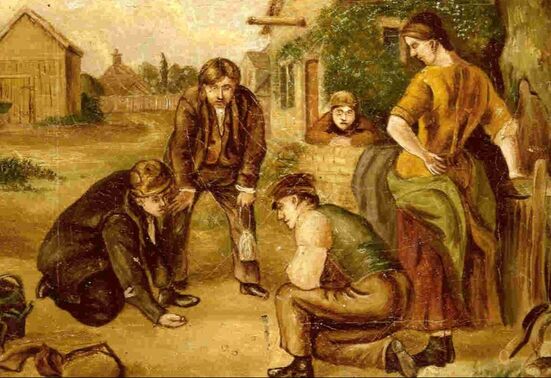
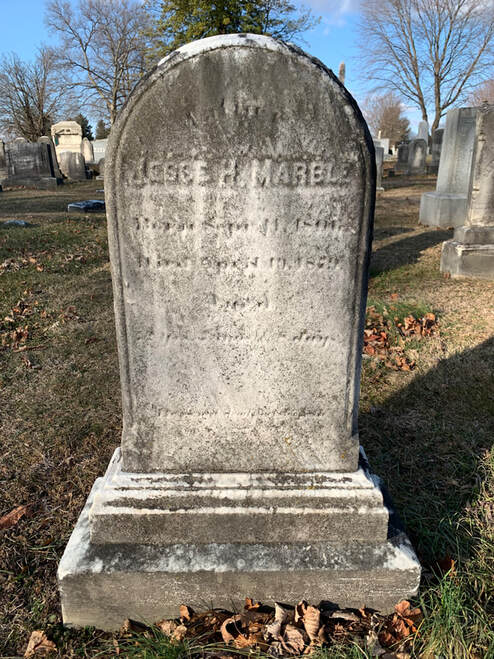
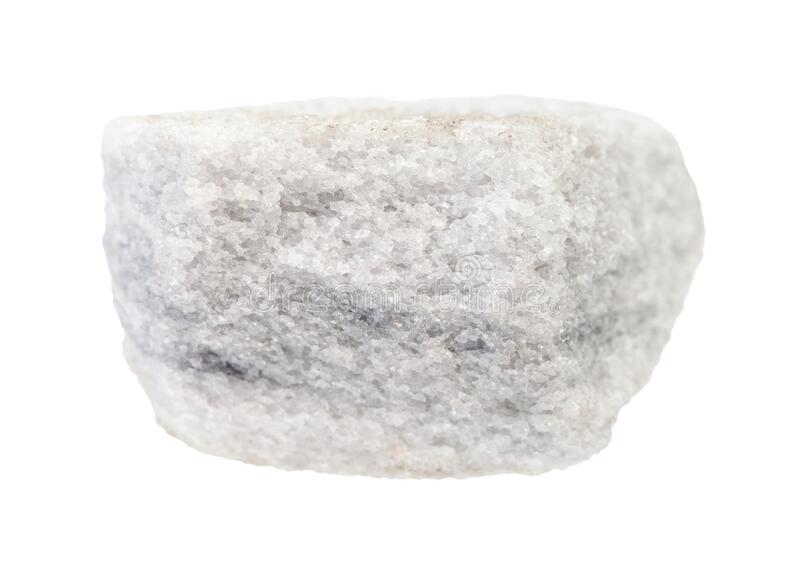
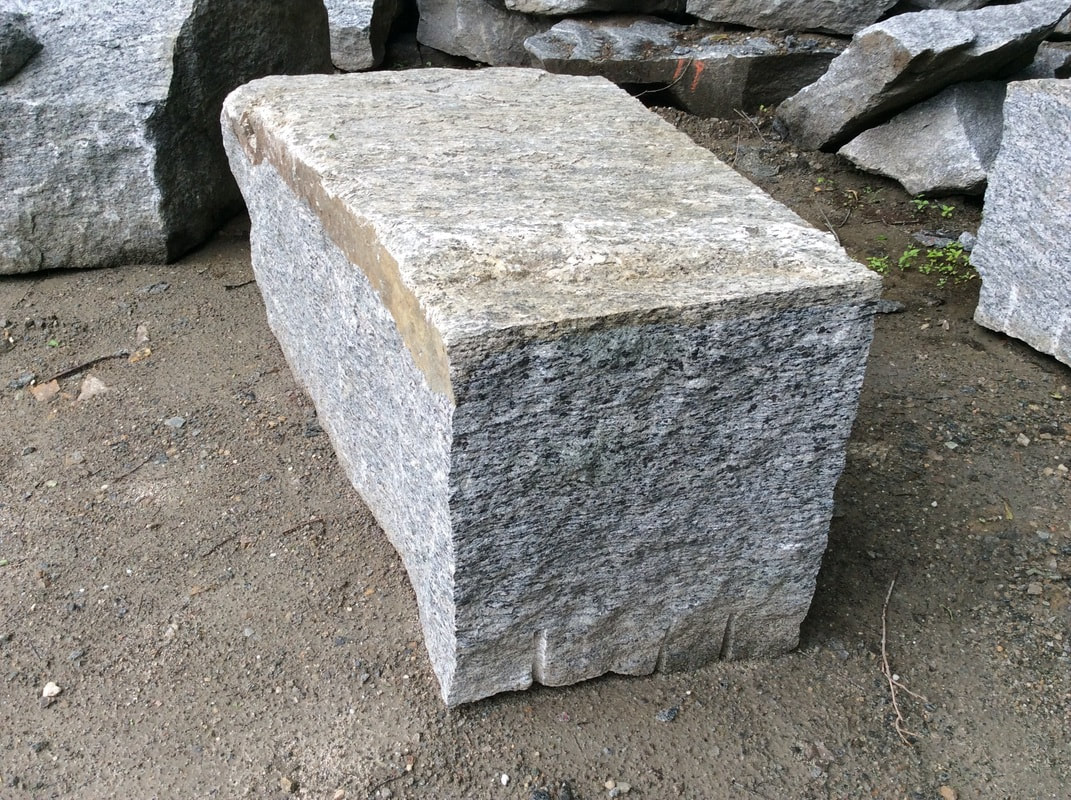
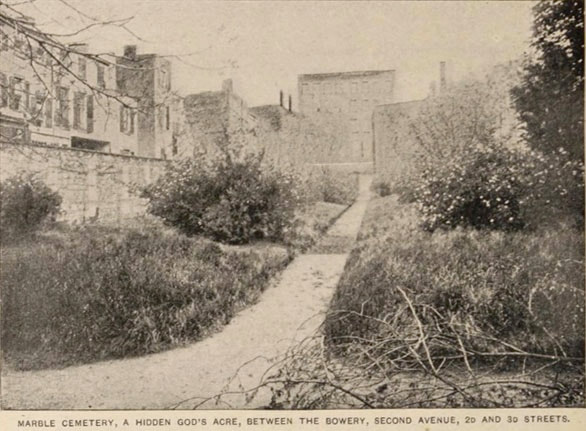
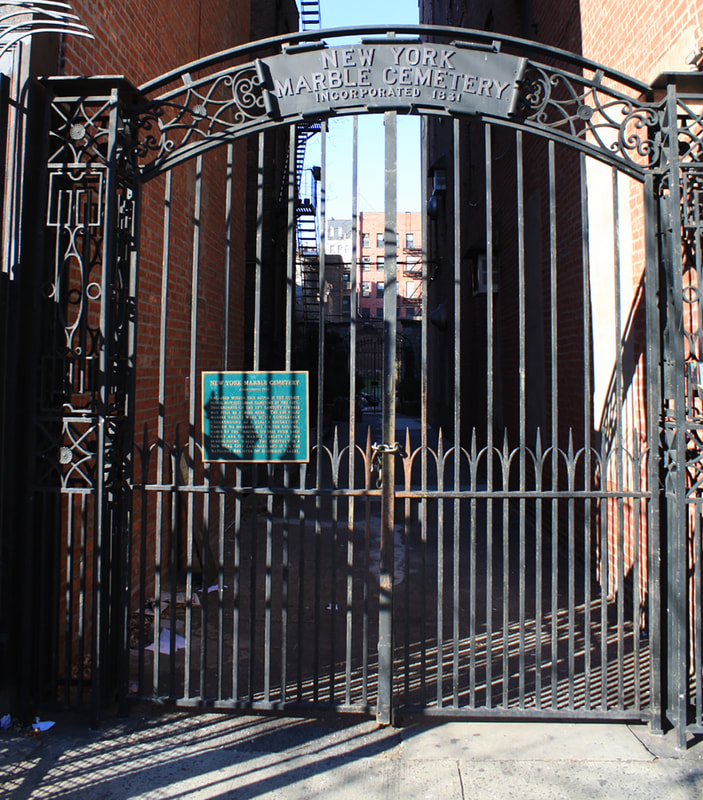
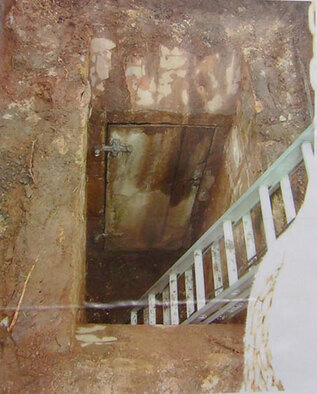
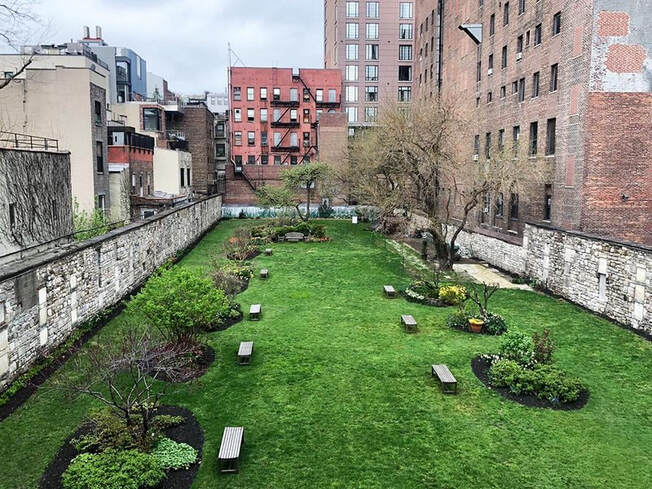
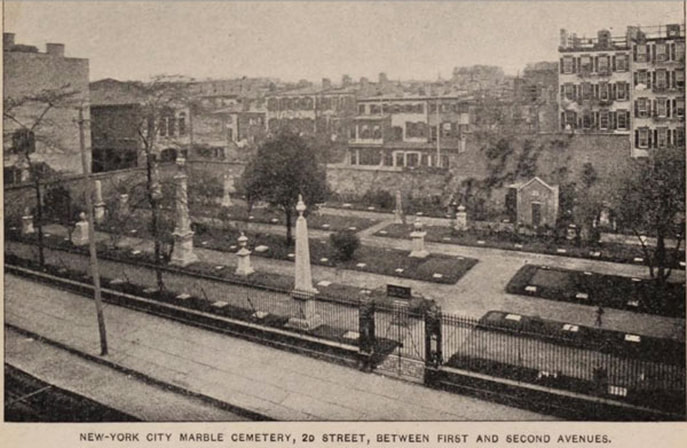
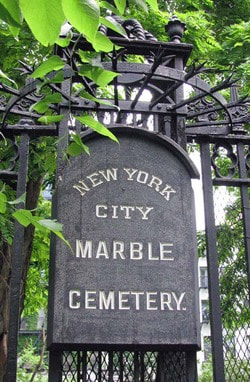
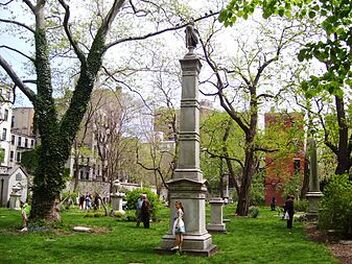
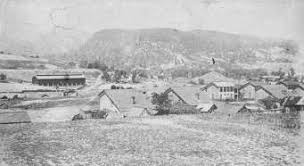

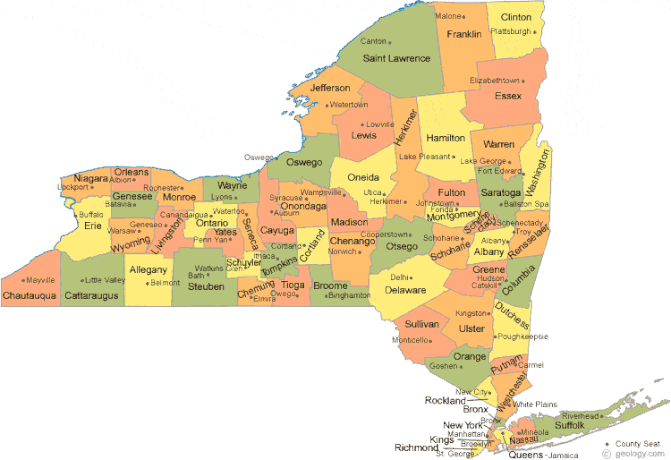
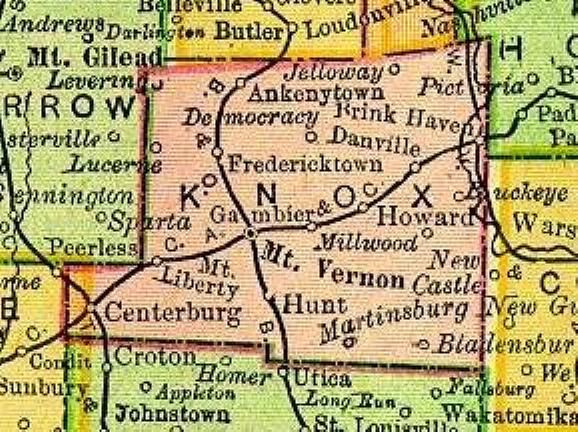
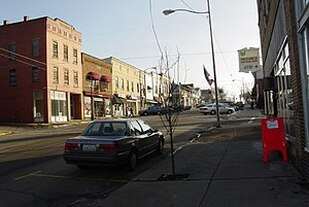


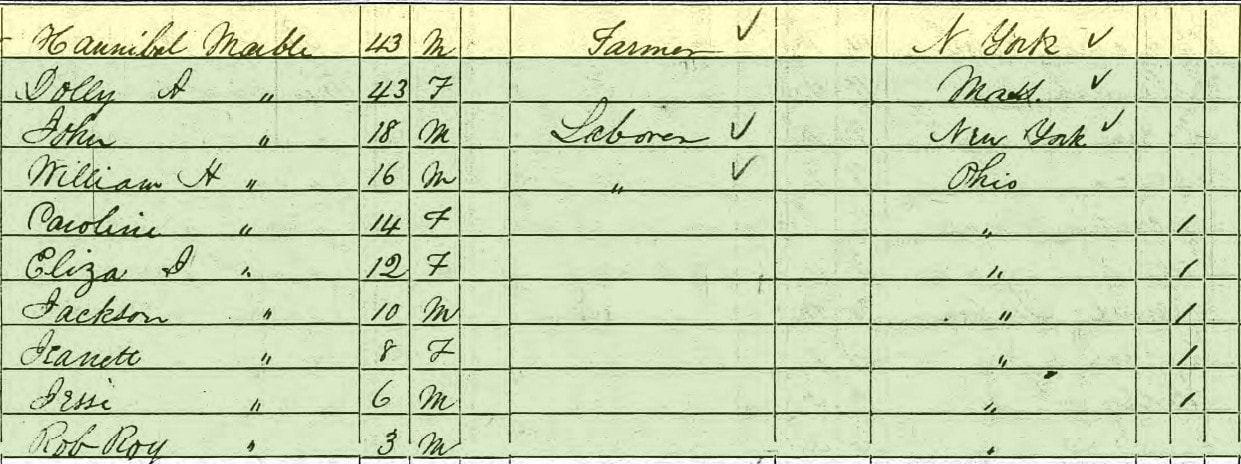
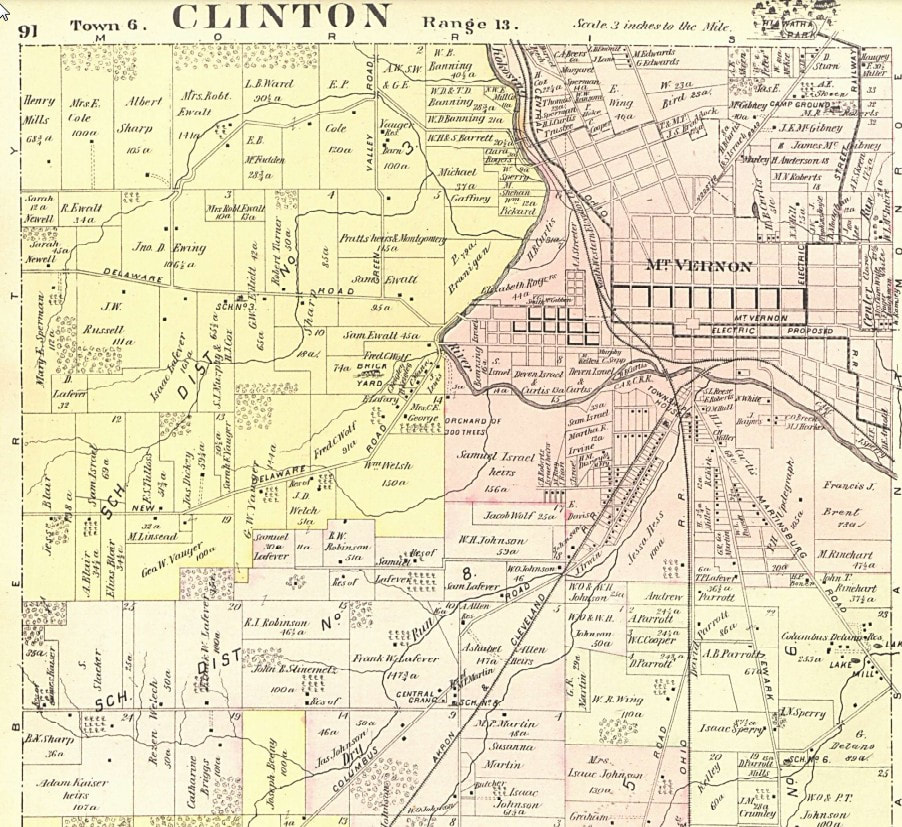
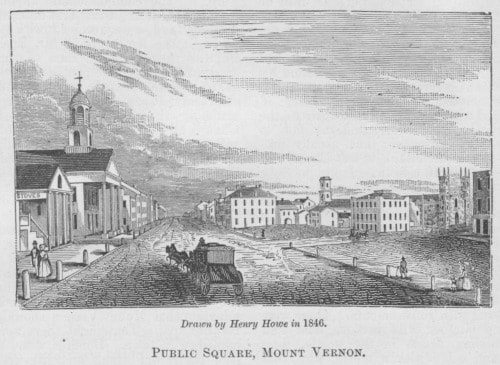
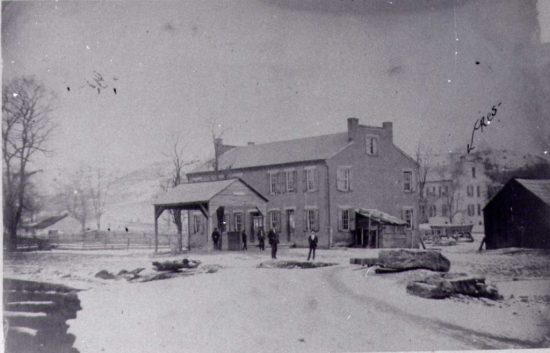
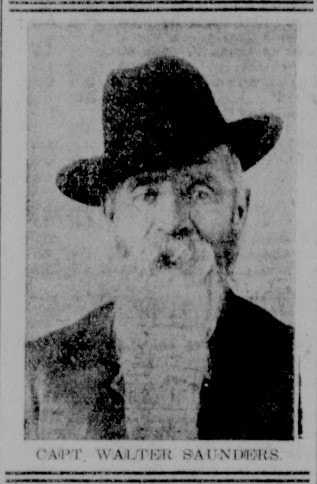

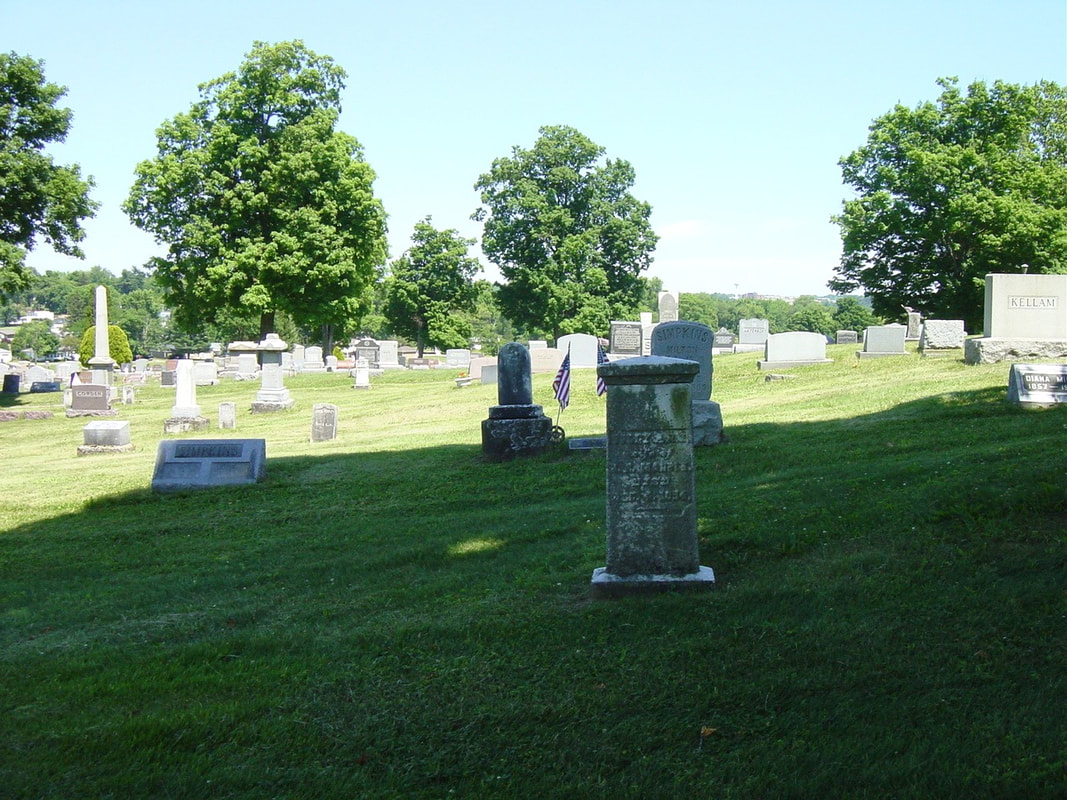
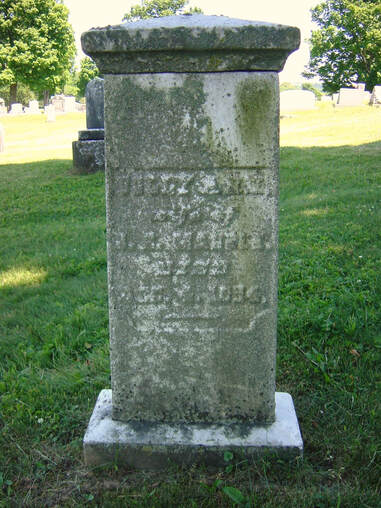

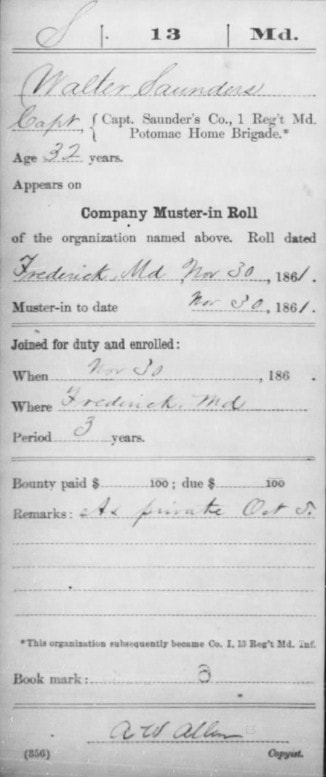
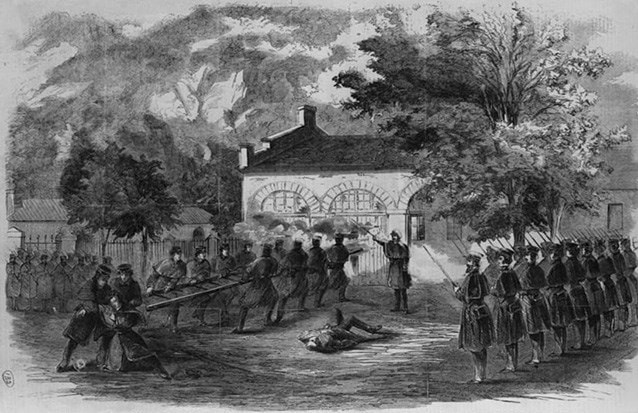
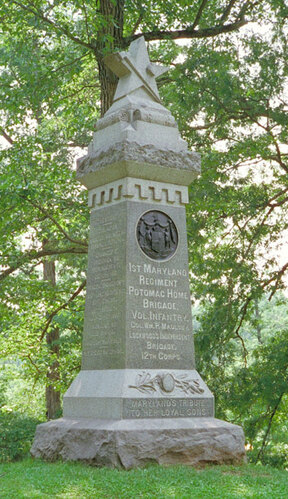
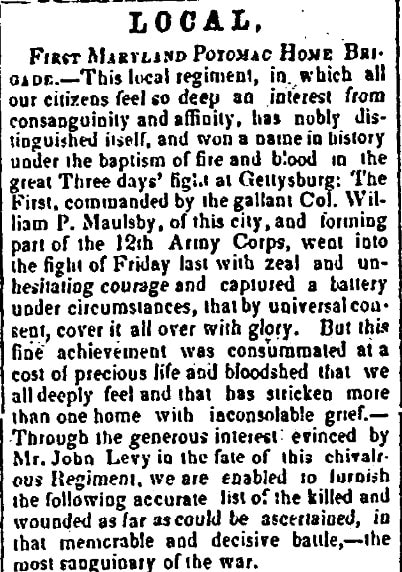
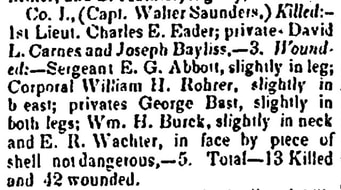
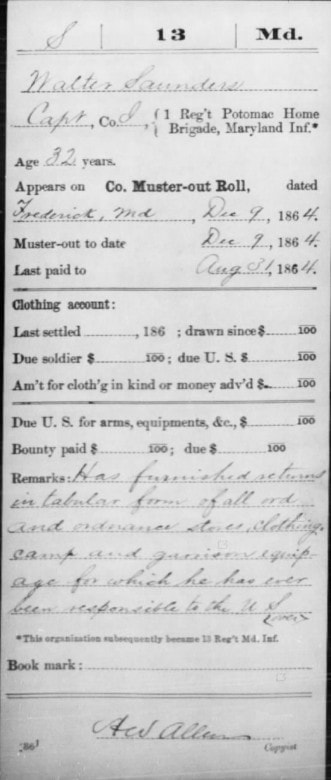
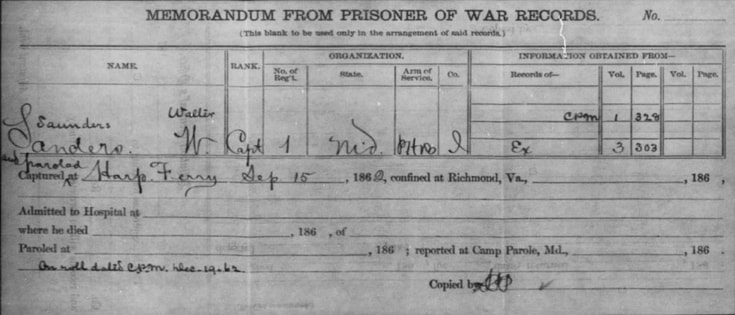


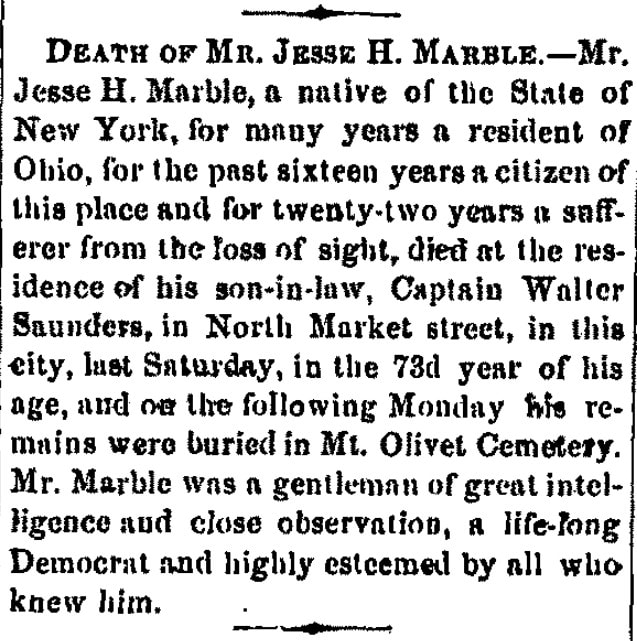
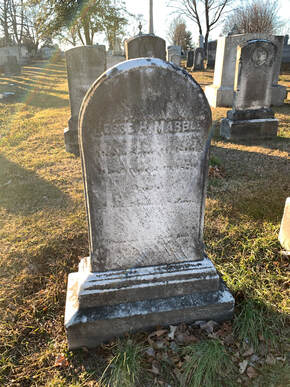
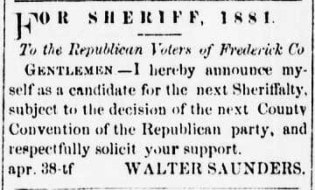
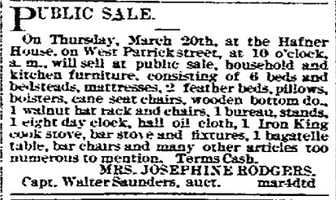
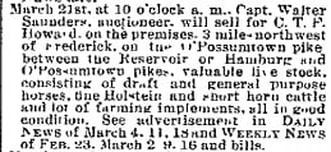

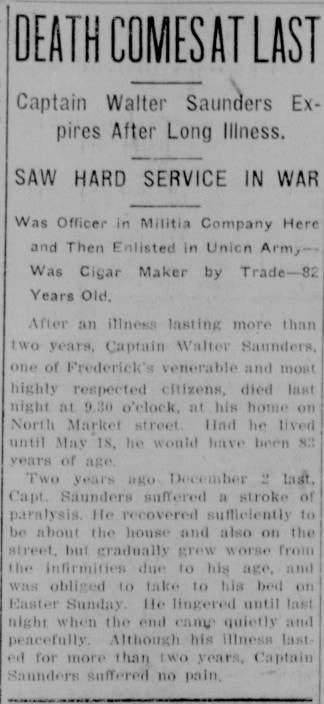
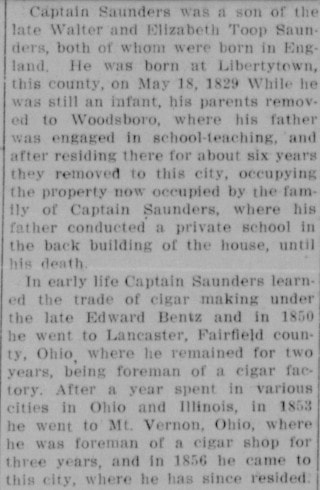
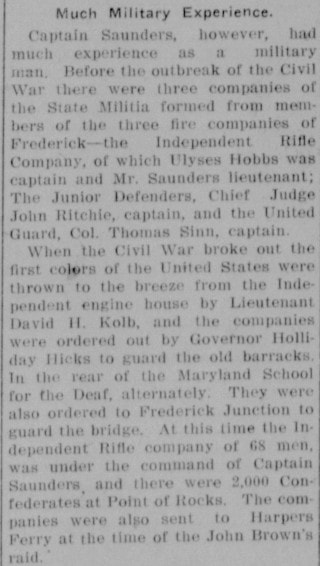
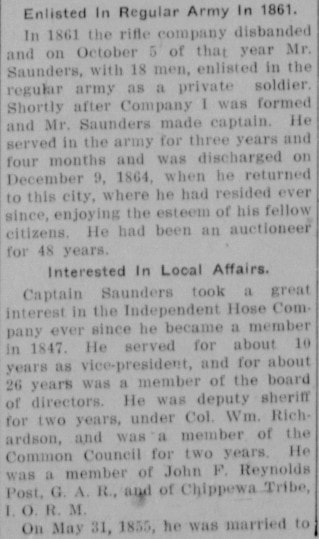
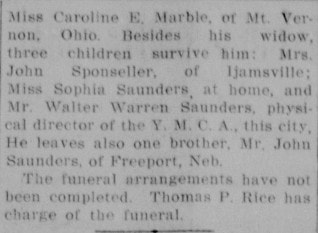
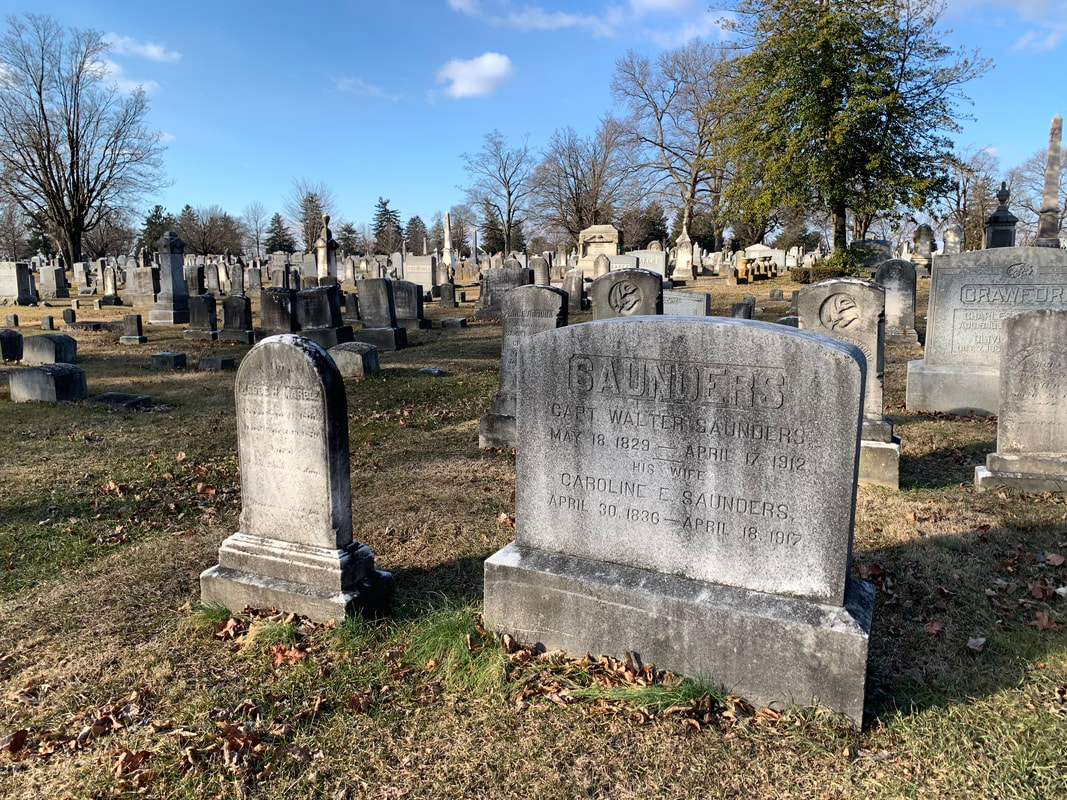
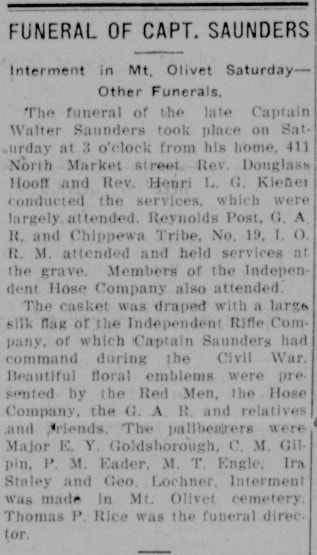
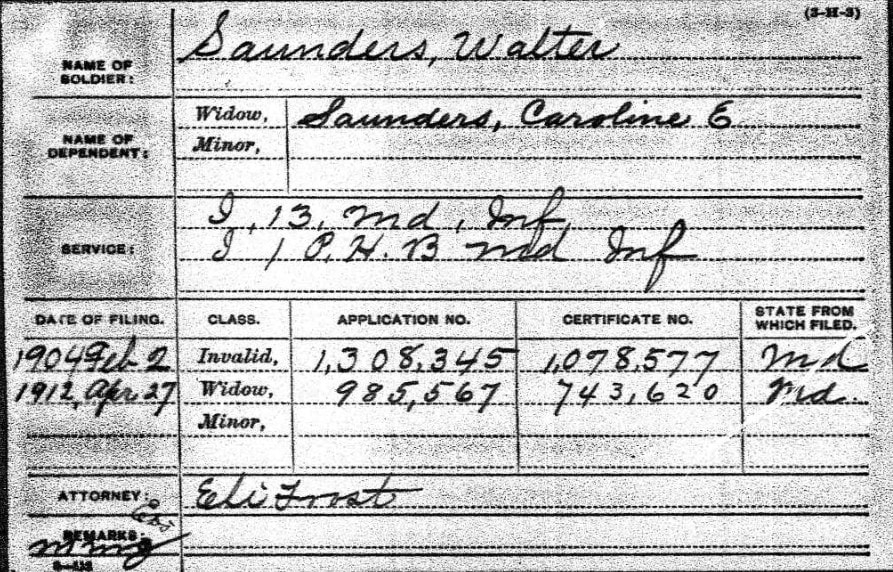
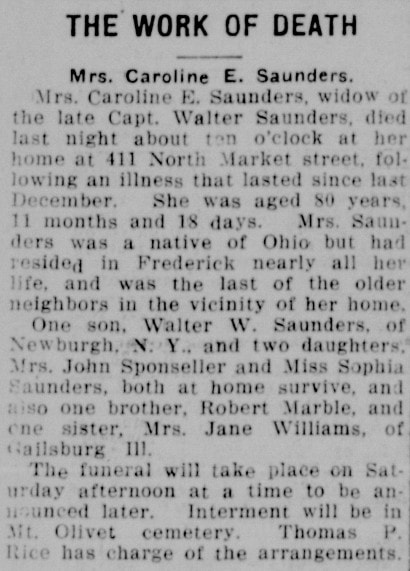
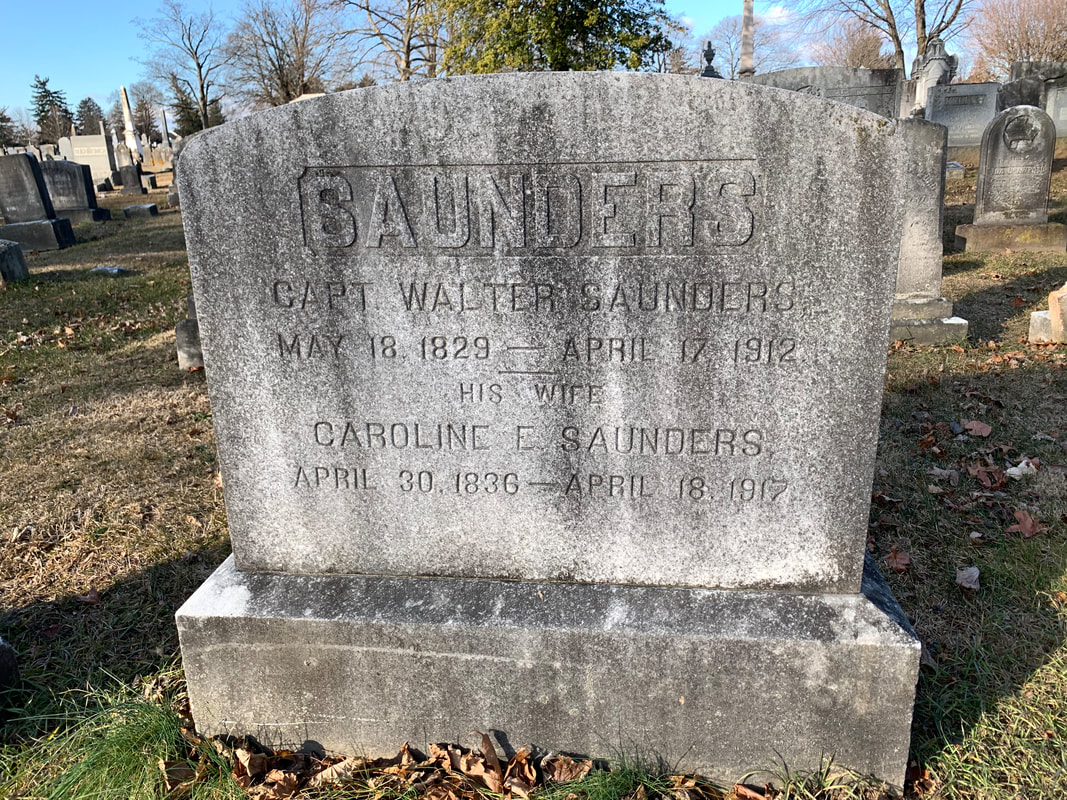
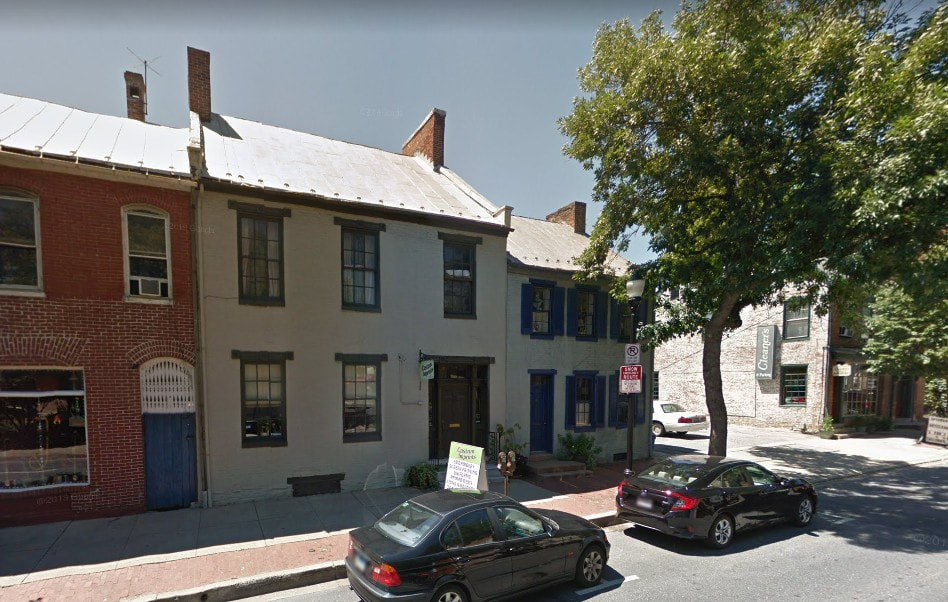
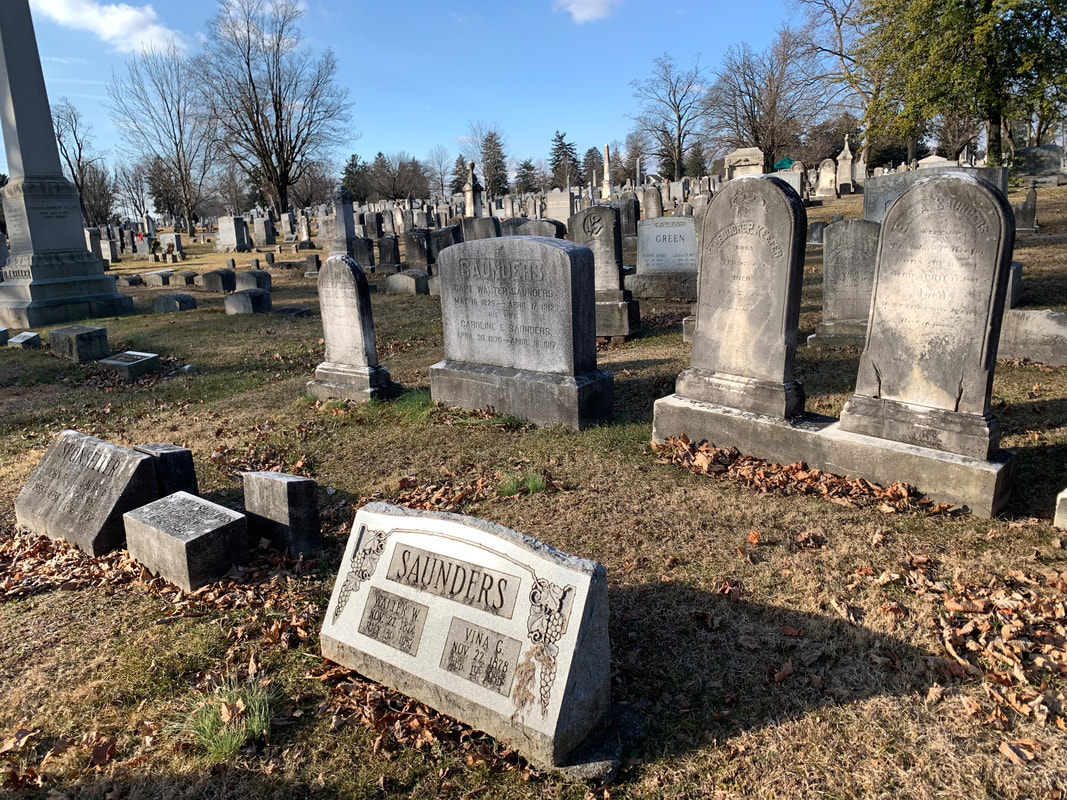
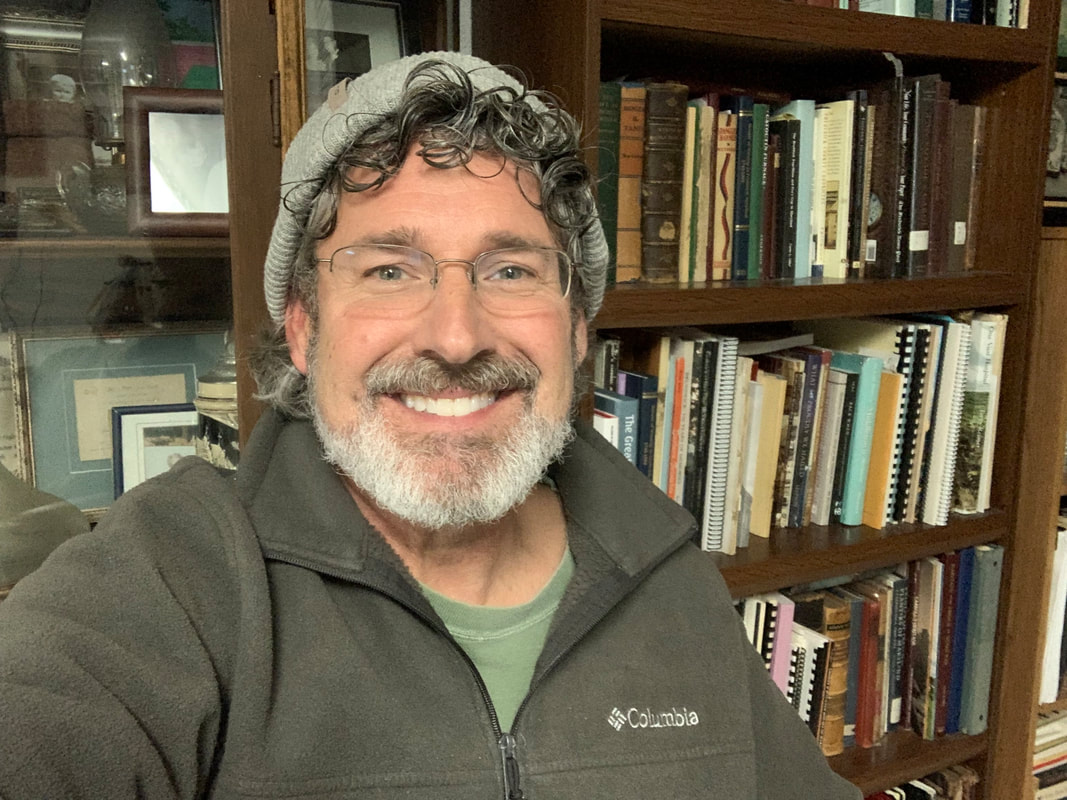
 RSS Feed
RSS Feed